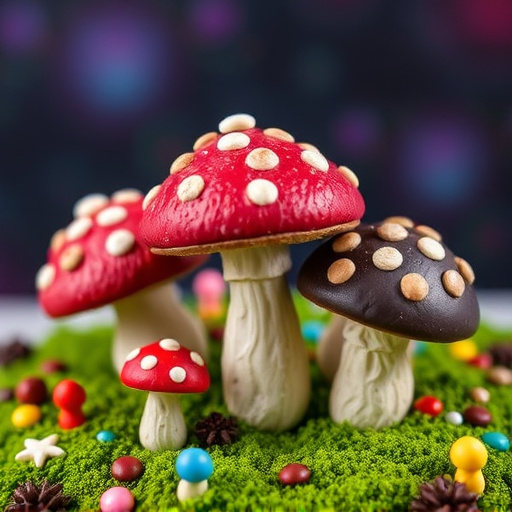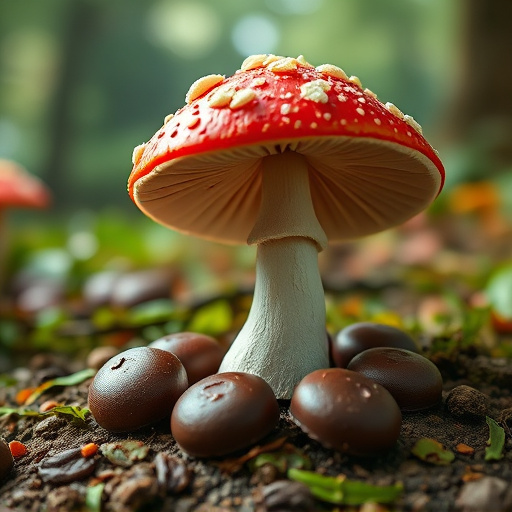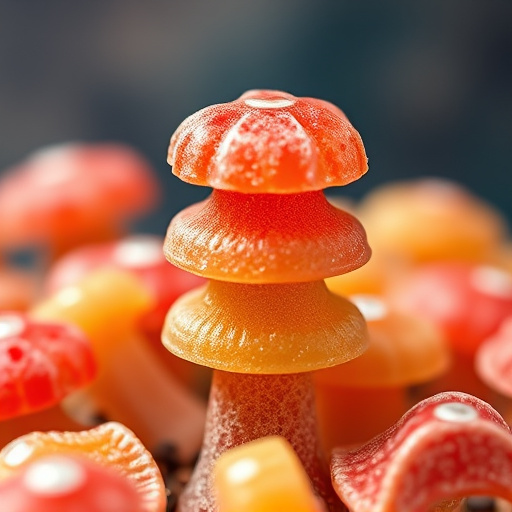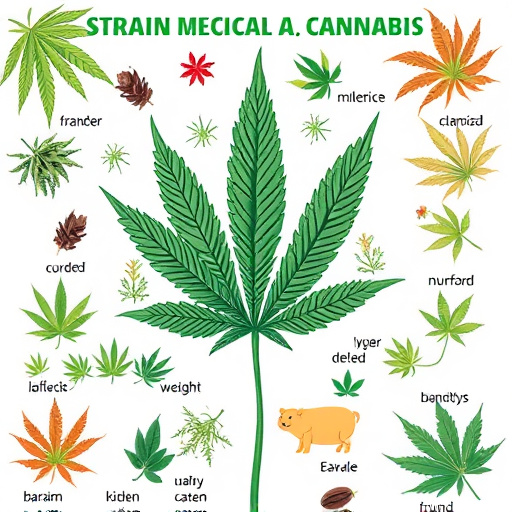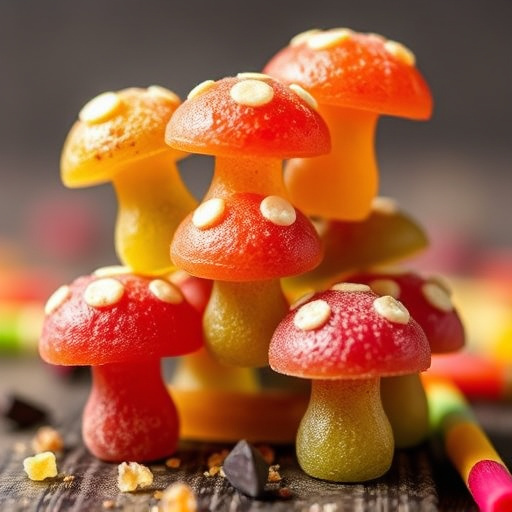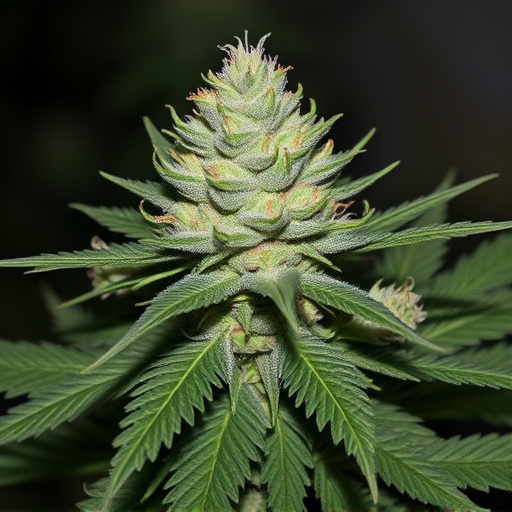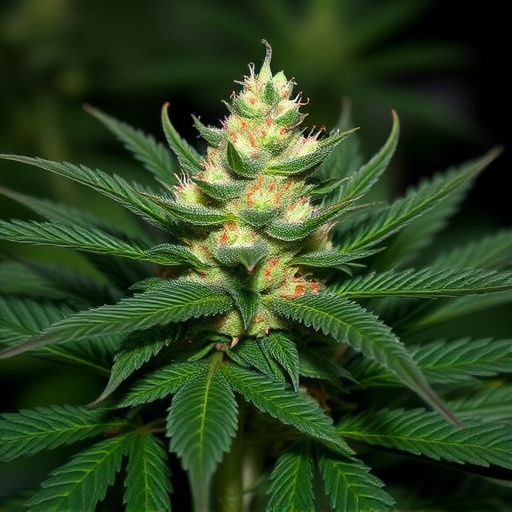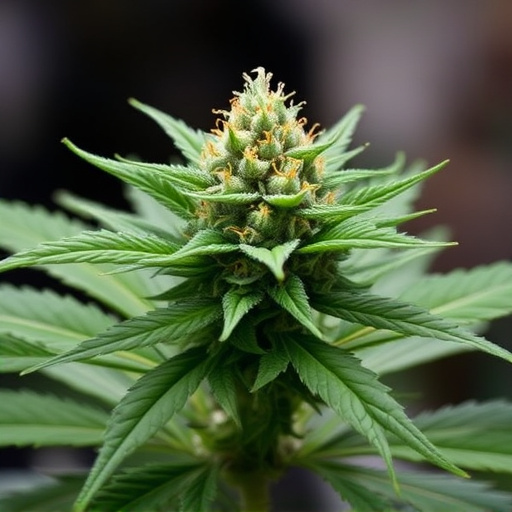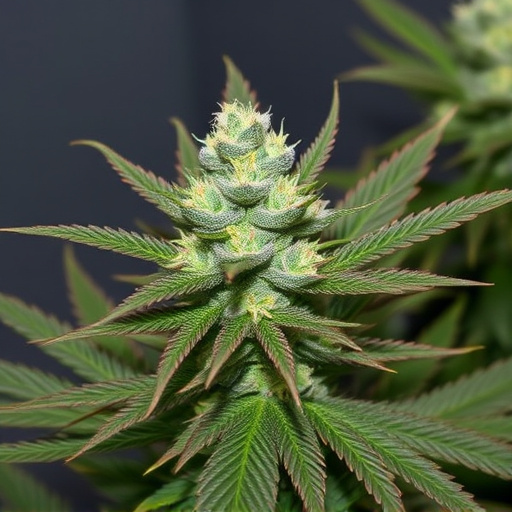Cannabis strength is a complex interplay of genetics and environmental factors, with tetrahydrocannabinol (THC) and cannabidiol (CBD) as prominent cannabinoids. Beyond THC content, lifestyle choices, diet, herbs, and spices can influence the experience. Exploring top 10 strongest cannabis strains showcases natural variations and genetic potential for high cannabinoid concentrations. Cultivation methods, terpene profiles, and selective breeding all contribute to the potency, with stressors like drought boosting THC levels and specialized techniques creating exceptional strains.
Does what you eat impact the strength of cannabis? It’s a question on many minds as the legalization movement continues to spread. This comprehensive guide delves into the science behind cannabis potency, exploring factors like terpenes, cannabinoids, and cultivation methods. We also uncover the dietary impact on weed strength, debunking myths and revealing foods that may enhance THC absorption. Lastly, we present the top 10 strongest cannabis strains globally, providing a look at their notable characteristics and safety precautions.
- The Science Behind Cannabis Potency
- – Exploring the factors influencing cannabis strength
- – Role of terpenes, cannabinoids, and cultivation methods
The Science Behind Cannabis Potency
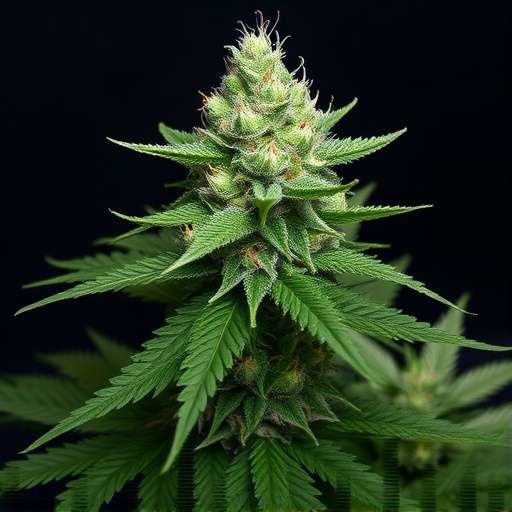
The potency of cannabis, or the strength of its psychoactive effects, is a complex interplay of various chemical compounds found in the plant. Scientists have identified over 100 unique cannabinoids, with tetrahydrocannabinol (THC) and cannabidiol (CBD) being the most well-known. THC is primarily responsible for the “high” associated with cannabis use, while CBD doesn’t produce psychoactive effects but has gained popularity for its potential therapeutic benefits.
While genetics play a significant role in determining the overall potency of a cannabis strain, recent research suggests that the environment in which the plant grows can also significantly influence its cannabinoid profile. Nutritional factors, such as the type and quality of soil, access to sunlight, water, and even the diet of the cannabis plant itself, can impact the levels of THC and other cannabinoids. Interestingly, some growers experiment with feeding their plants specific nutrients or even incorporating top 10 strongest cannabis strains into the cultivation process to potentially enhance the final product’s potency.
– Exploring the factors influencing cannabis strength
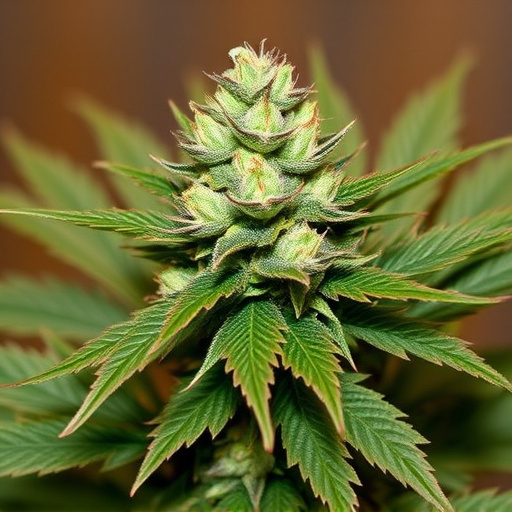
Cannabis strength is a multifaceted topic influenced by various factors beyond just what’s in your food. While some dietary choices can enhance the effects of cannabis, they don’t directly make it “stronger” in terms of traditional measurements like THC content. Instead, they can alter the way your body interacts with cannabinoids, leading to more intense subjective experiences.
Consider the impact of lifestyle factors and diet on cannabis potency. For instance, a balanced diet rich in essential fatty acids and vitamins may improve overall cannabinoid absorption. Certain herbs and spices, commonly found in culinary settings, have been shown to interact with cannabis compounds, potentially amplifying their effects. Exploring the top 10 strongest cannabis strains can offer insight into natural variations within the plant itself, highlighting genetic predispositions for higher cannabinoid concentrations.
– Role of terpenes, cannabinoids, and cultivation methods
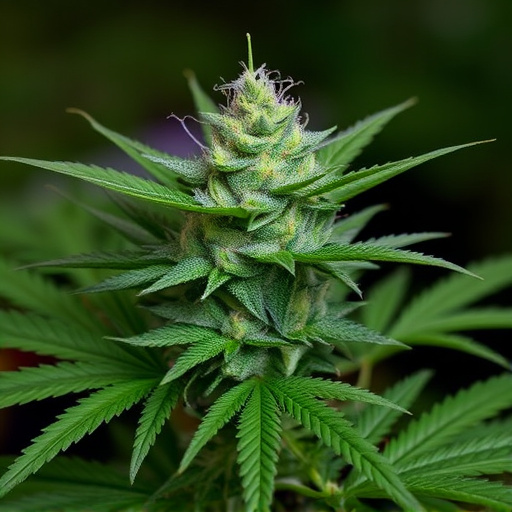
The potency of cannabis is influenced by a complex interplay of various chemical compounds, including terpenes and cannabinoids. Terpenes, known for their aromatic properties, also contribute to the plant’s overall effect. Different strains exhibit unique terpene profiles, with some terpinenes like myrcene and limonene known to enhance or alter the experience of cannabinoids, such as THC (tetrahydrocannabinol), which is responsible for cannabis’ psychoactive effects.
Cultivation methods play a significant role in determining the final strength of the plant. Factors like growing environment, genetic selection, and cultivation techniques impact the concentration of cannabinoids and terpenes. For instance, stress factors like drought or nutrient deficiencies can increase THC levels, as the plant produces more of this compound to defend itself. Similarly, selective breeding has led to the development of top 10 strongest cannabis strains, each boasting exceptionally high cannabinoid concentrations, further amplifying the potential effects of these compounds when consumed.
While the potency of cannabis can be influenced by various factors, including cultivation methods and genetic profiles, there is limited scientific evidence to suggest that consuming specific foods enhances the strength of weed. The idea that certain diets or food choices can directly amplify cannabis effects remains largely unproven. However, choosing high-quality strains from reputable sources, like the top 10 strongest cannabis strains known for their potent cannabinoids and terpenes, can ensure a more intense experience. Ultimately, understanding the science behind cannabis potency empowers consumers to make informed decisions about their consumption methods and strain choices.
